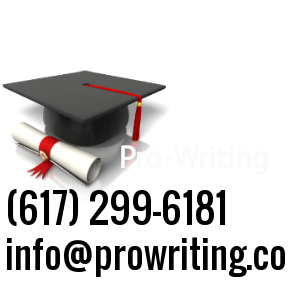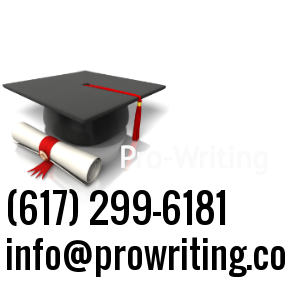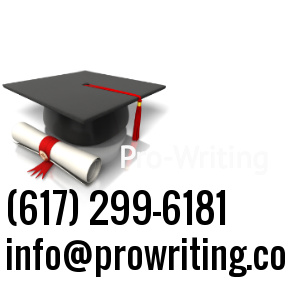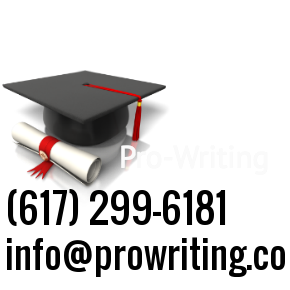Description
The discussion assignment provides a forum for discussing relevant topics for this week based on the course competencies covered.
For this assignment, make sure you post your initial response to the Discussion Area by the due date assigned.
To support your work, use your course and text readings and also use outside sources. As in all assignments, cite your sources in your work and provide references for the citations in APA format.
Start reviewing and responding to the postings of your classmates as early in the week as possible. Respond to at least two of your classmates. Participate in the discussion by asking a question, providing a statement of clarification, providing a point of view with a rationale, challenging an aspect of the discussion, or indicating a relationship between two or more lines of reasoning in the discussion. Complete your participation for this assignment by the end of the week.
SCOR Model
The Supply Chain Council was formed to standardize the discussions and management of supply chain operations. It developed the Supply Chain Operations Reference (SCOR) model to describe, model, and benchmark all operations within a supply chain. You can find information about the latest model (SCOR 11) on the Supply Chain Council Web site.
SCOR 11 differs from the previous model (SCOR 10) by elevating to a level of primary importance a process called “Enable,” which refers to what organizations must do to support the other primary processes. However, for the purposes of our discussion of supply chains, this new process is not of particular interest.
Briefly address each of the following bullets:
• Read, from pages 9–12, the sections entitled “The Supply Chain Council” and “The SCOR Framework” in the book Supply Chain Excellence in South University’s online library. Discuss the SCOR model’s five functions (Plan, Source, Make, Deliver, and Return) that are shared by supply chains. Does every supply chain contain all of these five functions?
• When producing goods, different production strategies, such as “make to order,” “make to stock,” “assemble to order,” or “engineer to order” can be pursued. However, when providing services (car washing, hair styling, etc.), not all of these strategies can be pursued. An organization cannot really “stock” services (in other words, you can’t have five car washes sitting on a shelf in the same way you can have five cans of soup sitting on a shelf). Do the stages of the SCOR model apply to operations in all of these areas (goods producing vs. service provision, and using any of the production strategies)? Search the Internet for a company and discuss which of these approaches (goods producing or service providing) and which of the production strategies the company’s operations fit in. Support your response on the basis of the SCOR model and your research.
• In 2011, Japan experienced an earthquake, resulting in a tsunami. These natural disasters caused a great deal of damage and a significant loss of life. From a supply chain and operations management chain perspective, what were the implications for SCOR processes? Which of the SCOR model’s five processes discussed above would have been impacted by such an event? Should planning for future events like this impact the strategy of a company? Support your response with your research.
The final paragraph (three or four sentences) of your initial post should summarize the one or two key points that you are making in your initial response.
Your posting should be about 1 page (400 to 500 words) in length.
Justify your answers using examples and reasoning. Comment on the postings of at least two peers and state whether you agree or disagree with their views.






